All British Columbians have the right to access a healthy diet in ways that are right for them. In two previous blog posts, I highlighted household food insecurity and the Food Costing in BC report. With the knowledge that 17% of households in Northern BC are food insecure, what are our next steps?
It is important to mention that decreasing household food insecurity isn’t about decreasing the cost of food. This is because we also must ensure that our food system is healthy and sustainable. Part of a just food system is making sure growers and producers are paid a fair wage – which is reflected in the cost of food.
Community food security
There is a lot of wonderful food systems work happening in Northern communities that focuses on food growing, preparation, and eating. This focus on improving the food system works to increase community food security, which is the ability to access a healthy, safe, and culturally appropriate diet, while maintaining a sustainable, healthy, and just food system. Community food security programs can:
- Create a sense of connection, both to community and to culture
- Provide nutritious foods for community members
- Reduce reliance on food delivery from the south
- Build food skills
Household Food Insecurity: An income-based issue
However, while community food programs offer a lot of value, household food insecurity is an income-based issue that needs income-based solutions. The root cause of household food insecurity isn’t the price of food or distance to grocery stores. It’s also not lack of food skills or education; it’s that some households do not have enough income to purchase food. Community food programs do not address income deficits directly. According to local community advocate Stacey Tyers,
"Food programs that focus on local and sustainable agriculture, (e.g. community gardens) are very important for the health and wellbeing of a community. However, without also addressing income, many community members still cannot afford to put food on the table."
Changing the situation for those who struggle to meet their basic needs must begin with a focus on income. Exploring income based solutions is the most effective way to decrease household food insecurity:
"Ultimately, no person should have to worry about getting enough food. BC would benefit from income based solutions that raise the income of fixed wage and low income earners, so that all British Columbians can have their basic needs met. Without addressing income, household food insecurity will remain a concern in our communities", says Stacey.
Income based policy has been shown to work:
- The risk of household food insecurity drops by 50% once low income adults reach the age of 65 and become eligible for seniors’ pension programs (a form of guaranteed income)
- Newfoundland and Labrador invested in poverty reduction work, which saw a reduction in household food insecurity among social assistance recipients
Access to food is a human right – all Northerners should have their basic needs met. The health impacts of food insecurity go far beyond individual and household food patterns, or food and lifestyle “choices”. Household food insecurity is closely linked to income, and factors such as low income and unpredictable employment more deeply impact health than food choice itself.
Individuals, communities, and governments all have a role to play in making BC more food secure.
Wondering how you can get involved?
- Speak to your local government representatives about what income security means to you.
- Lend your voice to BC’s poverty reduction strategy, which aims to increase income security, thereby improving the health of British Columbians.
- Learn about food programs happening in your community, and see how you can get involved.
Check out the first two blogs of this series:
- Food Security, Part 1: What is household food insecurity?
- Food Security, Part 2: Food Costing in BC

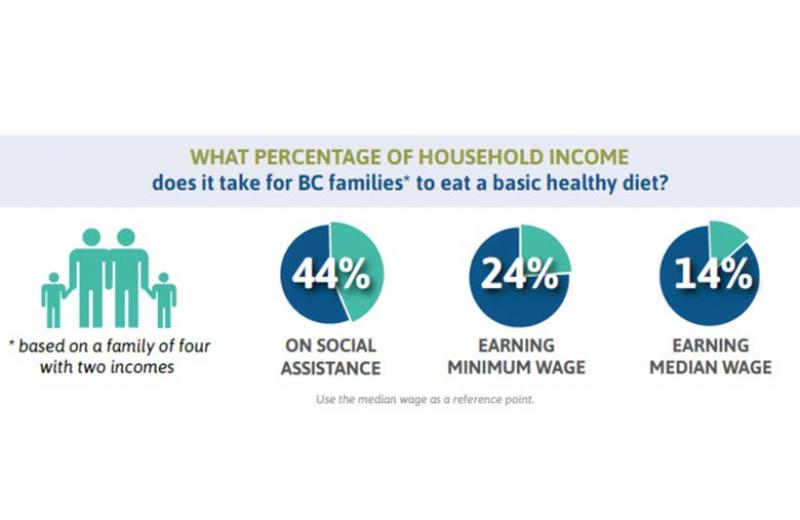


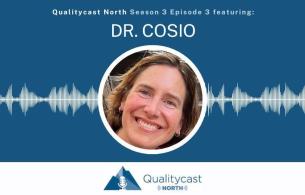



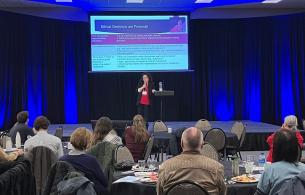


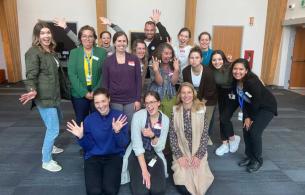

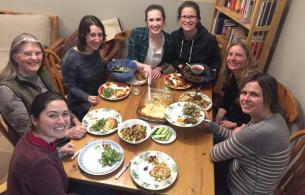

Comments